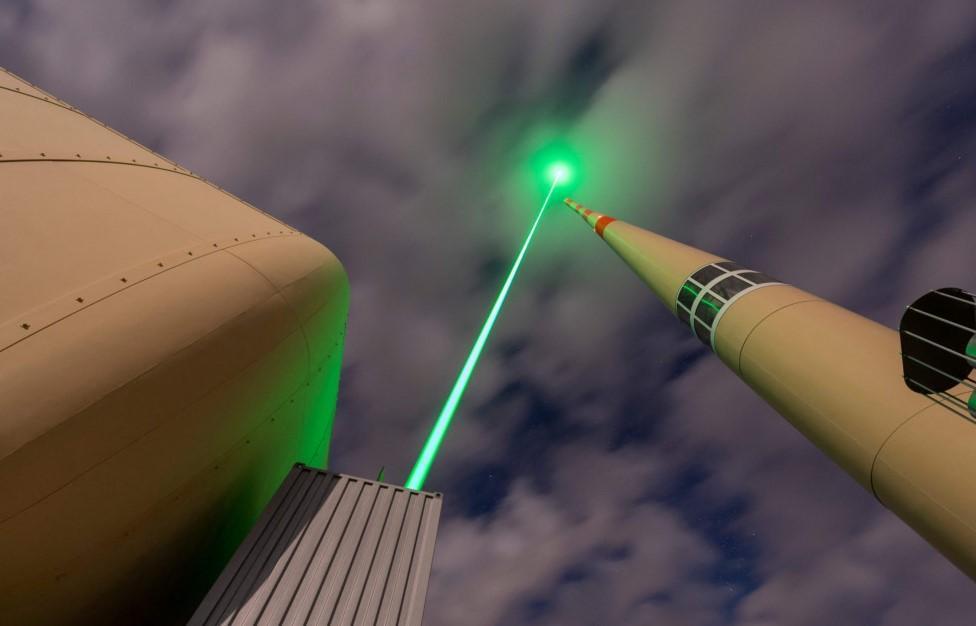
Scientists said on Jan. 16 they have used a laser beam to guide lightning for the first time, hoping the technique will help protect against deadly bolts and one day maybe even trigger them.
Lightning strikes between 40-120 times a second worldwide, killing more than 4,000 people and causing billions of dollars worth of damage every year.
Yet the main protection against these bolts from above is still the humble lightning rod, which was first conceived by American polymath Benjamin Franklin in 1749.
A team of scientists from six research institutions have been working for years to use the same idea but replace the simple metal pole with a far more sophisticated and precise laser.
Now, in a study published in the journal Nature Photonics, they describe using a laser beam, shot from the top of a Swiss mountain, to guide a lightning bolt for more than 50 meters.
“We wanted to give the first demonstration that the laser can have an influence on lightning and it is simplest to guide it,” said Aurelien Houard, a physicist at the applied optics laboratory of the ENSTA Paris institute and the study’s lead author.
Lightning is a discharge of static electricity that has built up in storm clouds, or between clouds and the ground.
The laser beam creates plasma, in which charged ions and electrons heat the air.
The air becomes “partially conductive, and therefore a path preferred by the lightning,” Houard said.
For the latest experiment, the scientists lugged a car-sized laser, which can fire up to a thousand pulses of light a second, up the 2,500-meter peak of Santis mountain in northeastern Switzerland.
The peak is home to a communications tower that is struck by lightning around 100 times year.
After two years building the powerful laser, it took several weeks to move it in pieces via a cable car.
Finally, a helicopter had to drop off the large containers that would house the telescope.
The telescope focused the laser beam to maximum intensity at a spot around 150 meters in the air just above the top of the 124-meter tower.
The beam has a diameter of 20 centimetres at the beginning, but narrows to just a few centimetres at the top.
During a storm in the summer of 2021, the scientists were able to photograph their beam driving a lightning bolt for 50 around meters. Three other strikes were also guided, interferometric measurements showed.